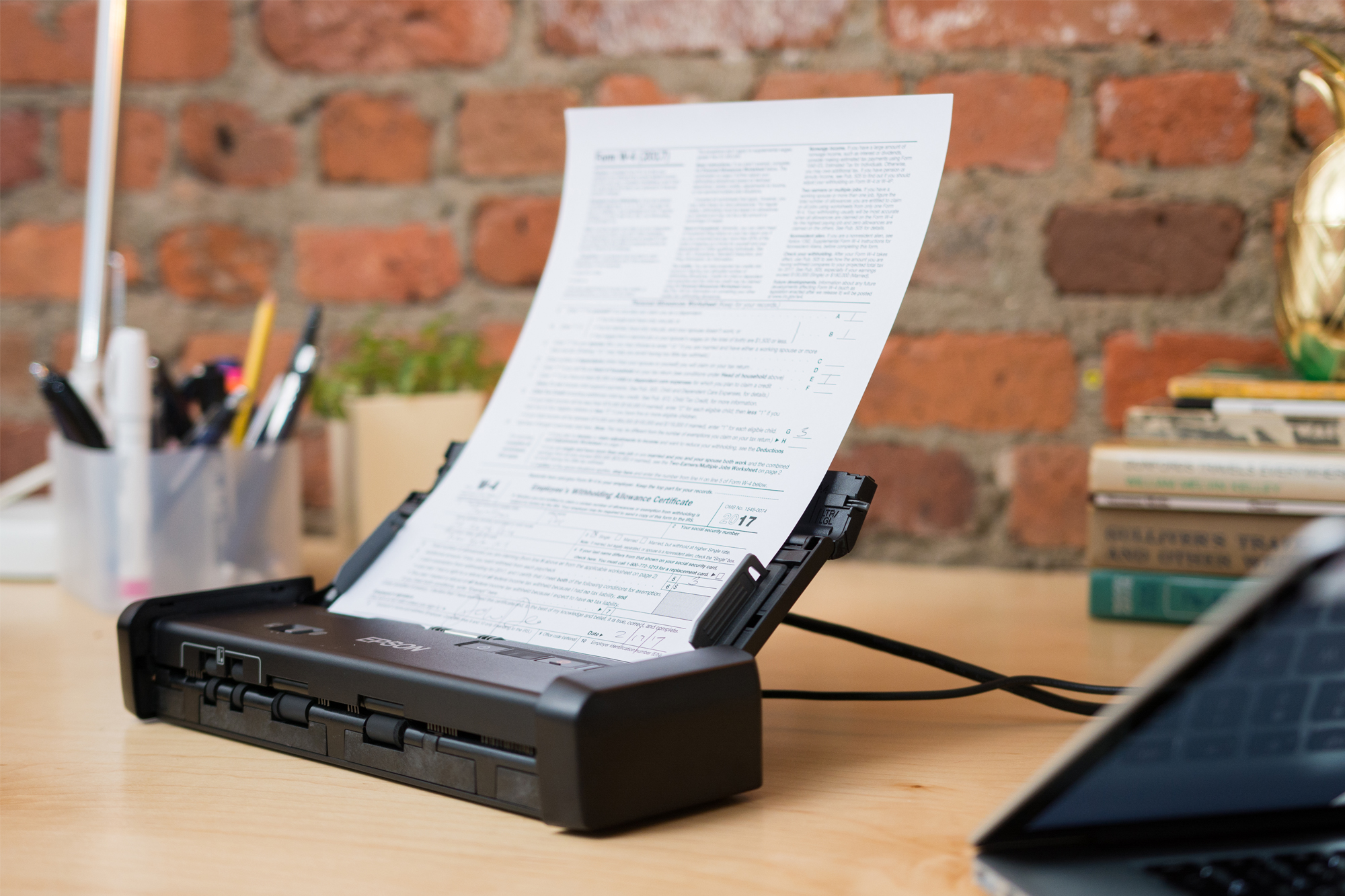Best Sheet Fed Scanner For Mac
Flatbed Scanner Even though digital cameras are the norm in today’s technologically savvy age, that doesn’t mean you don’t have any physical photos lying around. If you want to share them on your or store them on your computer, you need a photo scanner. Before you learn which is the best photo scanner, however, you must understand what a photo scanner is. Like other scanners, a photo scanner is an optical scanner designed to capture information. It then transfers this information to the computer.
The best models will do duplex scanning (the ability to scan both sides of a sheet), scan more than one page at a time, offer macOS and Windows compatibility and a decent software package.
Unlike a typical printer-scanner combo, however, a photo scanner is specialized and designed to scan photos. They are often smaller than other scanners but give the scanned photos a higher resolution. As a result, they appear clearer and crisper on the computer screen.
On average, a typical photo scanner scans 3×5 inch and 4×6 inch photos at 300 (dpi). Some offer higher resolutions or can even scan negatives. Scanning photos is perfect, whether you’re a student, professional or business, and it has many great advantages: • Protecting your older photos and slides by backing them up on your computer • Sharing them with your friends or family on social media or via email • Being them off and make copies • Use in conjunction with photo editing software to restore photos Photo Scanner Buying Guide There are many different photo scanners out there, and each one comes with its own set of benefits and disadvantages. They key to finding the best scanner for you is finding the right balance between the pros and the cons to meet your specific needs. When looking at scanners, make sure to ask yourself a few questions, which will guide you to choose the right scanner for you.
What are the common types of photo scanners? First, you should understand the various types of common photo scanners available: • Flatbed scanner • Sheetfed scanner • Film scanner • Transparency scanner • Drum scanner. Sheetfed /Autofed Scanner A flatbed scanner is the most common type of photo scanner, and they can scan photos and documents. Flatbed scanners tend to cost less than film scanners, but you sacrifice image quality. Or also known as manual/automatic feeder is smaller scanner compared to flatbed. While not compromising the quality of the image, the sheetfed scanner feeds the photo and rolling it out rather lying it on the surface.
Film scanners have the ability to scan film, such as the negatives to your photos. As a result of scanning the actual negative, the photos are high-quality, but they cannot scan documents. A transparency scanner can scan slides, but it can also scan larger transparencies. They are designed for professional use and are high-end. A drum scanner is another professional scanner for businesses.
This type of scanner captures the highest resolution possible from photos and transparencies. Automatic feeder scanner vs flatbed scanner. What are you scanning? Not every scanner has the ability to scan each type of media.
For example, a flatbed scanner cannot successfully scan negatives. Therefore, you must know what you expect to print, such as: • Prints • Black and white negatives • Slides • Color negatives • Paper documents • Large transparencies • Professional pictures If you expect to scan only prints, a flatbed scanner may be enough, depending on what you are doing with the scans. A flatbed scanner is also a good option if you need to scan documents too, since a film scanner cannot scan documents. If you are scanning slides,, unless you need to scan particularly large transparencies, in which case, you’ll need a transparency scanner or a drum scanner.

Best Sheetfed Scanner Reviews
Make sure you know exactly what you want to scan. Even if you purchase a, it may not be suitable for your color negatives. Best logo design software for mac. You should even know the size of the pictures or film you plan on scanning, so you don’t end up with a product that is completely incompatible. What are you doing with the scans? Now that you know what you’re scanning, you need to know what you’re doing with these scanned images once they are on your computer: • Sharing online or via email • Just storing them on your computer for backups • Making copies • Large transparencies • Using for business If, like many people, you just want to share them online with friends and family, the solution is easy.